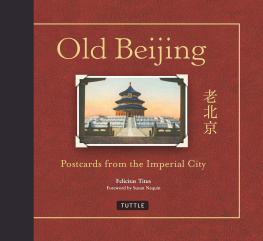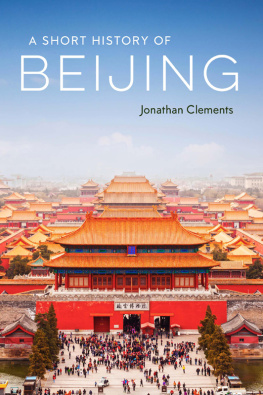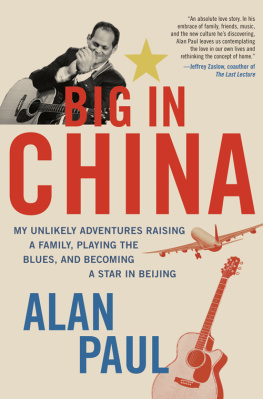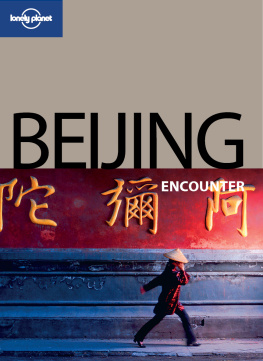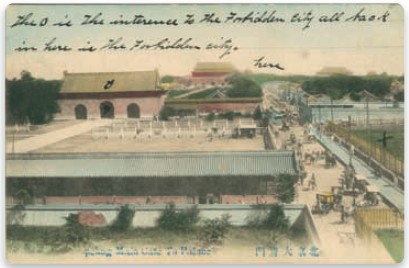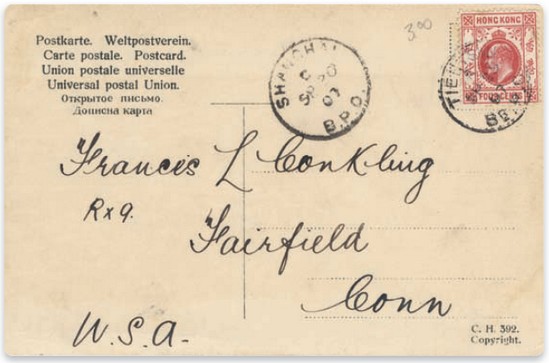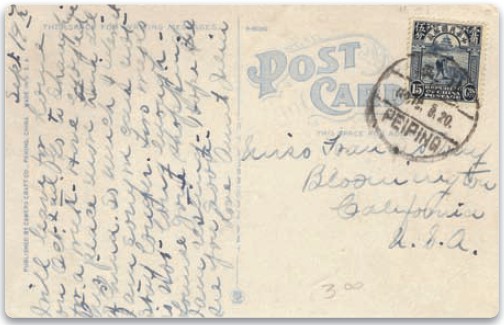Felicitas Titus - Old Beijing: Postcards from the Imperial City
Here you can read online Felicitas Titus - Old Beijing: Postcards from the Imperial City full text of the book (entire story) in english for free. Download pdf and epub, get meaning, cover and reviews about this ebook. year: 2018, publisher: Tuttle Publishing, genre: History. Description of the work, (preface) as well as reviews are available. Best literature library LitArk.com created for fans of good reading and offers a wide selection of genres:
Romance novel
Science fiction
Adventure
Detective
Science
History
Home and family
Prose
Art
Politics
Computer
Non-fiction
Religion
Business
Children
Humor
Choose a favorite category and find really read worthwhile books. Enjoy immersion in the world of imagination, feel the emotions of the characters or learn something new for yourself, make an fascinating discovery.
- Book:Old Beijing: Postcards from the Imperial City
- Author:
- Publisher:Tuttle Publishing
- Genre:
- Year:2018
- Rating:5 / 5
- Favourites:Add to favourites
- Your mark:
Old Beijing: Postcards from the Imperial City: summary, description and annotation
We offer to read an annotation, description, summary or preface (depends on what the author of the book "Old Beijing: Postcards from the Imperial City" wrote himself). If you haven't found the necessary information about the book — write in the comments, we will try to find it.
Comprising 355 black-and-white and hand-tinted Beijing photography postcards that span the period from the last years of Imperial China to the Japanese invasion of 1937, it is a treasure trove for buffs of Beijing history, collectors, Sinophiles, and anyone fascinated by people and cultures from times past.
Readers will enjoy the wide selection of images showing different aspects of the life of old Pekingfrom the arrival of a camel train at a city gate to hand-colored views of the Forbidden City and an array of vendors, street performers, officials, gentry, commoners, and foreign tourists. Several chapters present the citys distinctive Beijing architectureits walls and gates, towers, fountains, temples, pagodas, memorial arches, and public or imperial buildings, including the Summer and Winter Palaces and the Ming Tombs. Other chapters of Chinese photography look at the Manchu rulers, street life, the Legation Quarter and Western presence, and the Great Wall.
Included are some rare scenes depicting the aftermath of the Boxer Rebellion and 1911 revolution; Manchu fashion, colorful means of transportation, and the coming of the railroad. Of particular note are images of the Empress Dowager, the child emperor Puyi, and other personalities at the Manchu Court. The book also includes eight color postcards of paintings by the famous artist Carl Wuttke and rare cards showing etched drawings of the Old Summer Palacenow only a field of ruins.
The author, who was born and lived in China before 1949, has written an informative introduction to each chapter as well as a general introduction to classical Beijing. A foreword by historian and Beijing expert Susan Naquin situates this collection at once as a precious record of old Peking and a revealing snapshot of Western views of China in the first golden age of tourism.
Old Beijing: Postcards from the Imperial Cityoffers a visual time capsule of both Beijings history and traditional Chinese culture in a unique and revealing postcard format.
Felicitas Titus: author's other books
Who wrote Old Beijing: Postcards from the Imperial City? Find out the surname, the name of the author of the book and a list of all author's works by series.

